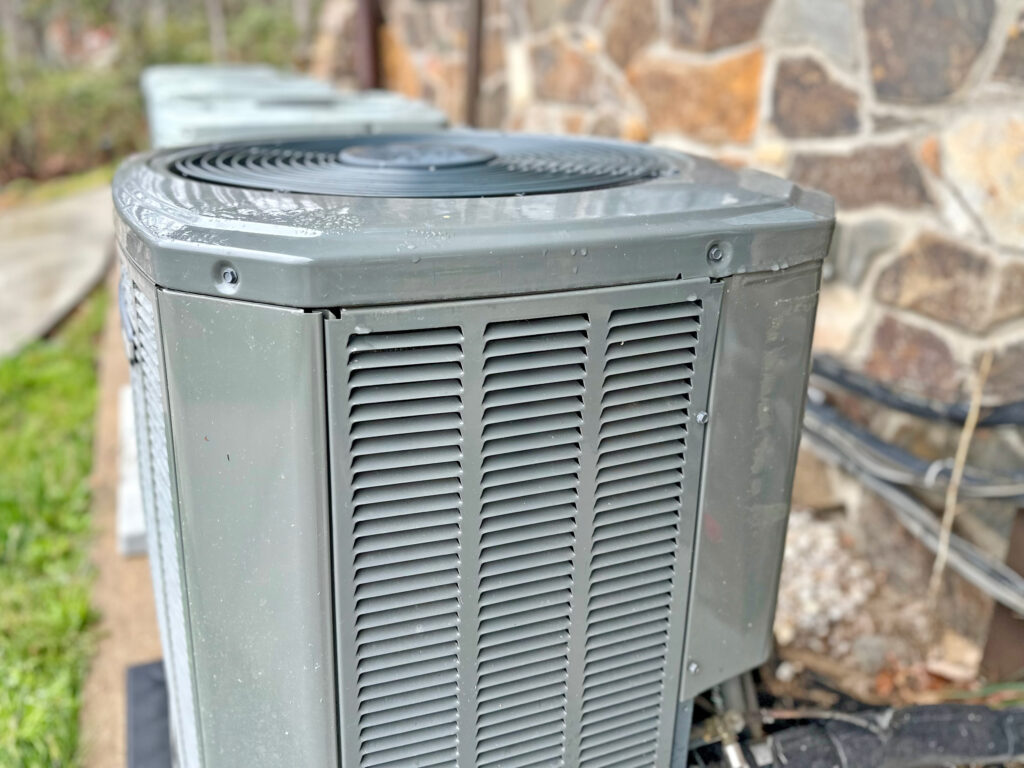Every heating season, we answer the same question many times: “What is the correct setting for our home’s humidistat?” It can, undeniably, be confusing. When you consider that there are many different brands and styles, and that they have changed in design so much in the last few years, it’s no wonder there are questions.
Midwestern winters are very dry. Without humidifiers, our home’s humidity level can dip to levels that aren’t healthy for us, and can be damaging to our house and furniture. Many of us add the water back into the air with some sort of central humidifier that is attached to our HVAC system.
The goal of the humidistat is to keep the humidity in a comfortable range by turning the central humidifier “ON” as the humidity in the home falls, and then “OFF” as the humidity in the home rises. Some humidistats have an additional level of control which will protect the home from over-humidification during colder weather. When the temperature outside falls below 20 degrees, there is a risk of the moisture, in the home’s air, condensing on the cold surface of windows, and even walls and ceilings. For that reason, whether there is an automatic control or a manual control, we need to back our humidifiers down when it gets this cold.
Conventional humidistats will likely have a series of numbers surrounding a dial. The numbers will often read from 0% (OFF) to 60% (fully ON). For most people a comfortable setting will be between 35% and 45%. However, running on the higher end comes with some caution. When the outdoor temperature drops, and the level of humidity in the air is still high, water can condense on the windows, leaving the possibility of water building up and running down to the sill, thus doing damage. For this reason, most of these conventional humidistats have a temperature scale that has us turning the dial lower as the temperature drops. By this scale, the humidistat is set to only 25 degrees when the outdoor temperature dips to 0 degrees. Setting it even lower is necessary when we get into subzero temps. When outdoor temps climb back above 20 it is again safe to add humidity. This scale is really a guessing scale. It presumes a normal, or loosely, insulated house with single pane windows. With better windows and better insulation, you can keep a more comfortable level of humidity at lower outdoor temps.
Another style of humidistat features a series of numbers from 1 to 10 surrounding a dial. This type of humidistat is designed to use an outdoor temperature sensor to do the job of the guessing scale. As the outdoor temperature drops, the humidistat will automatically reduce it’s setting to prevent damage and maintain comfort. The humidity target is preset for 35%. The 1 to 10 settings allow us to set our home’s insulation level. Better insulated homes are less likely to condense and do damage. For these well-insulated homes, we can turn the dial higher. For the “looser” homes, the dial should be set lower. It can take some time, and adjustment, to find the right setting. However, when you do, it’s done; just leave it at the setting where water doesn’t condense on the windows, and you should have a reasonable level of comfort.
Digital humidistats will have yet another level of control that Honeywell calls “Window Frost Protection Setting”. It combines the two previous features into one digital control. The level of humidity can be adjusted, and the insulation factor can be set with the frost setting. This type of humidity control is most often built into the home thermostat.
The graphic above is from Honeywell’s Prestige IAQ Thermostat. There are various digital control displays from Honeywell and others. The idea, however, is the same.
As always, please feel free to call Santa Fe Air at (913) 856-5801 to get further clarification on your humidity questions. We are more than happy to assist you in making your home more comfortable.






